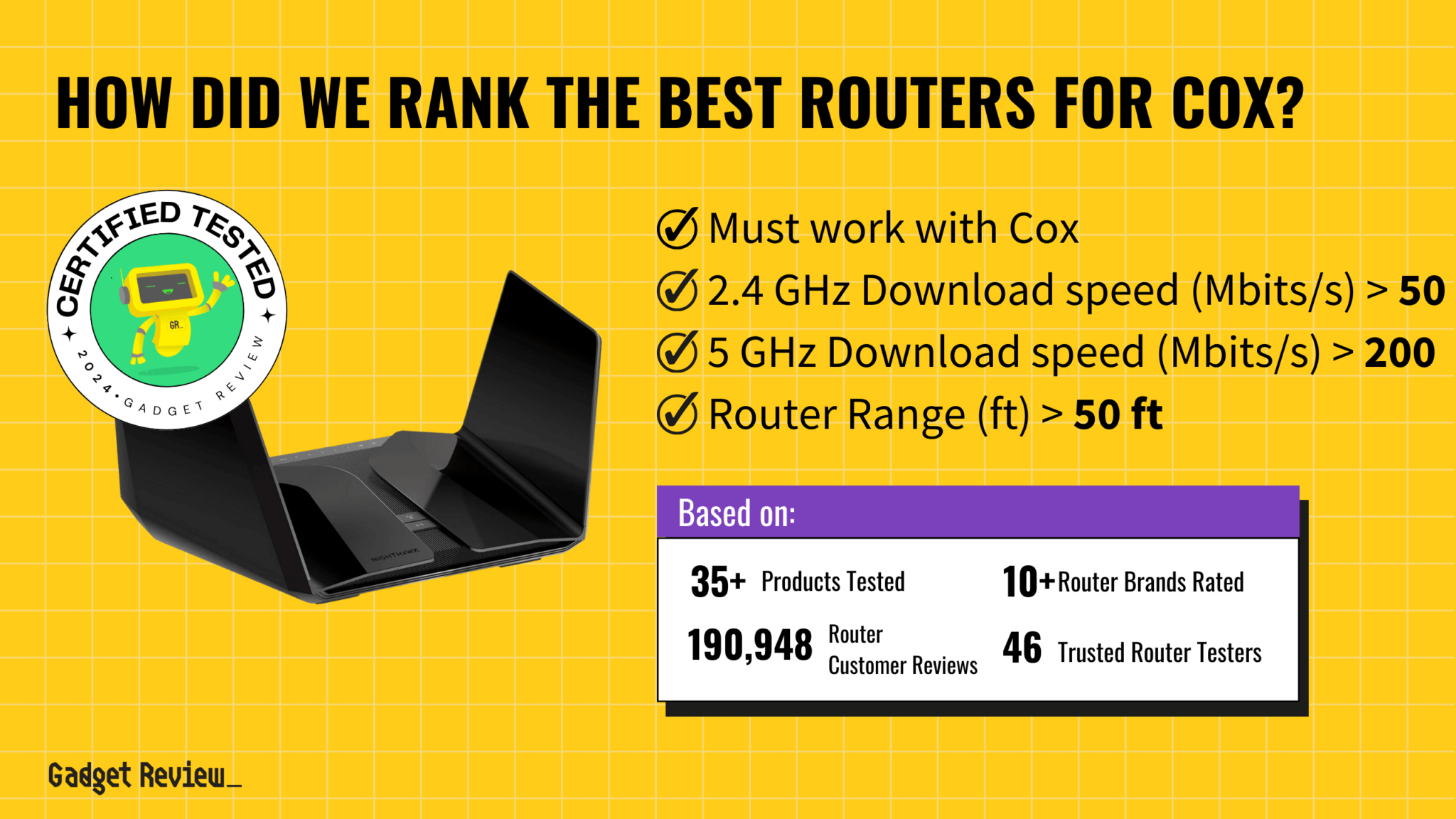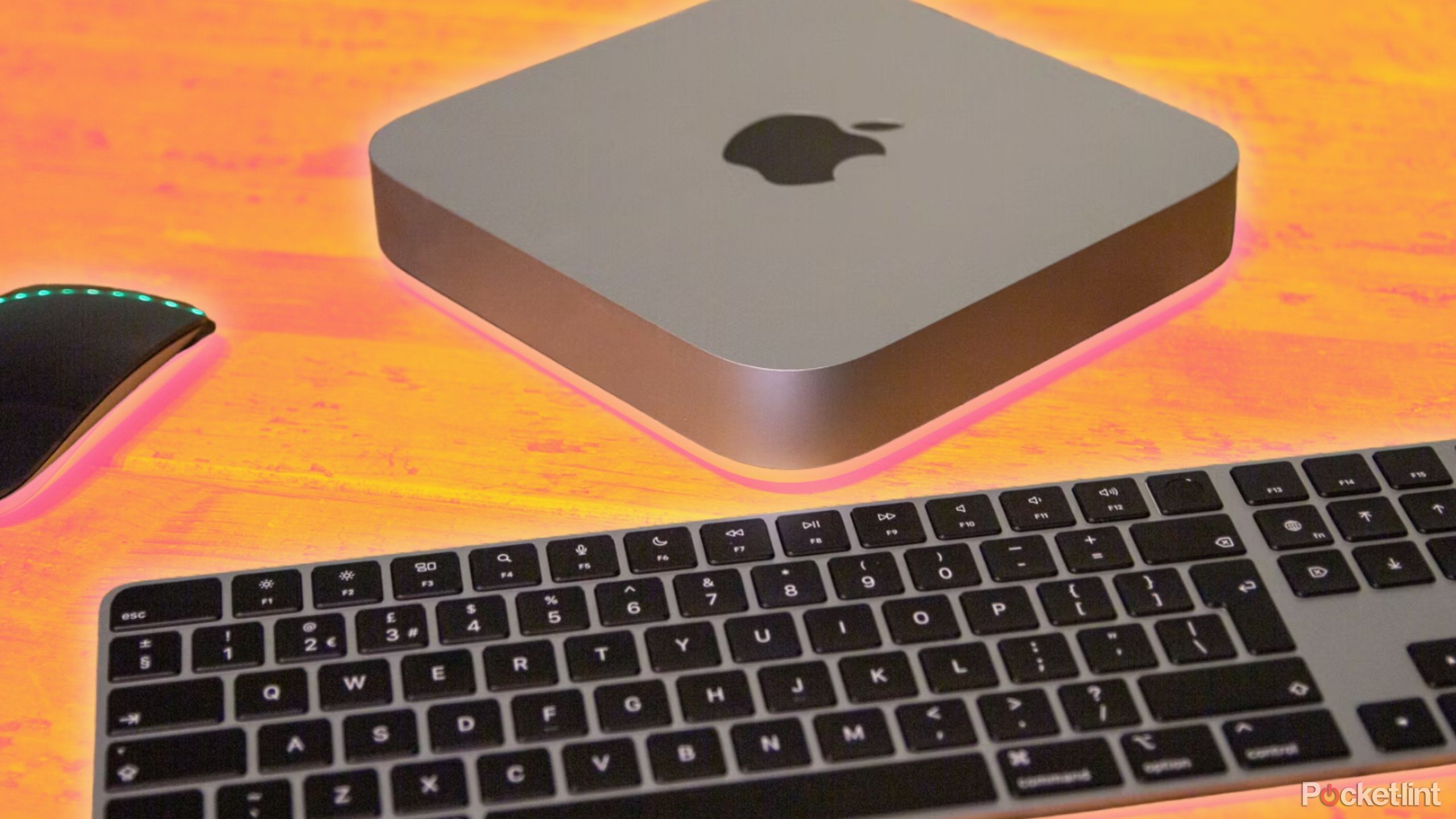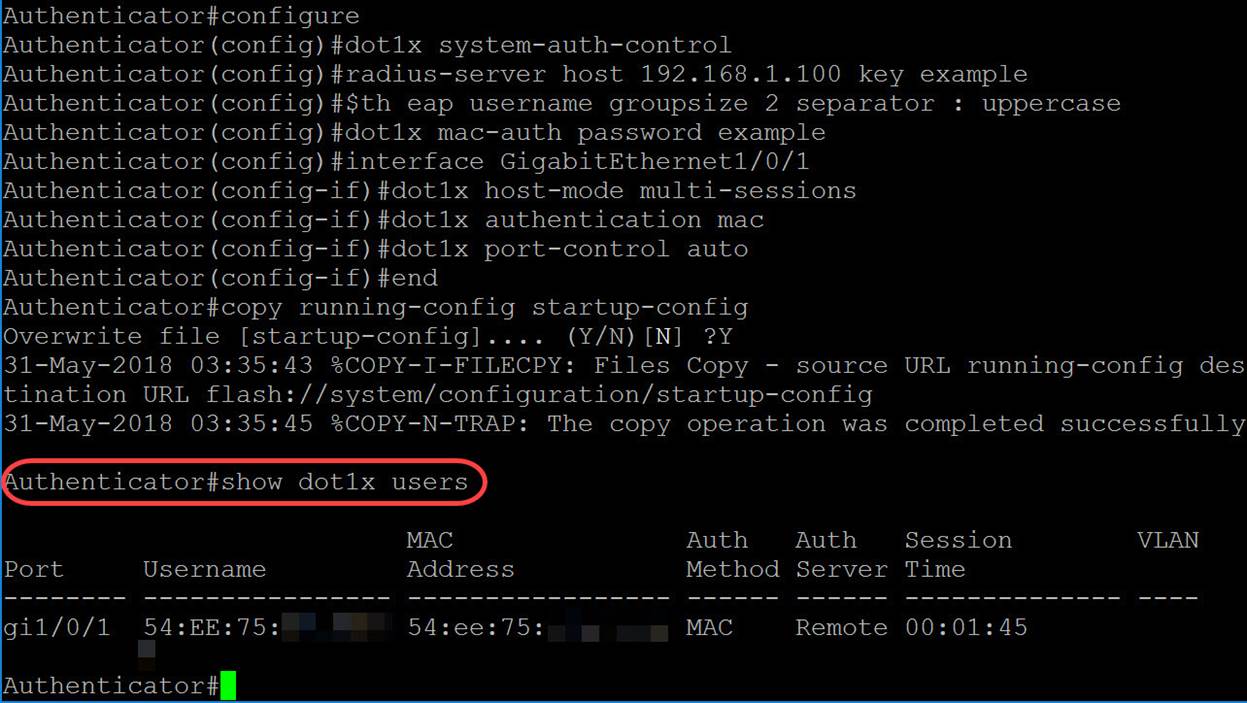Hey there, tech enthusiasts and gadget geeks! Are you ready to dive deep into the world of RemoteIoT and explore how to use it behind your router's MAC address without running into roadblocks? Stick with me, because today we’re going to break it down step by step. Whether you're a seasoned pro or just starting out in the IoT game, this guide has got you covered. Let’s get started!
RemoteIoT is one of those game-changing technologies that lets you manage your devices remotely, even when you're miles away. But what happens when your router's MAC address throws a wrench in your plans? Fear not, because I’ve got all the tips and tricks you need to navigate this tricky situation. Stick around, and we'll uncover the secrets together.
In this article, we’ll explore everything from understanding MAC filtering to bypassing restrictions while keeping your setup secure. By the end, you'll be equipped with the knowledge to make RemoteIoT work seamlessly behind your router. So, buckle up, because this is going to be an exciting ride!
Read also:Wasmo Telegram Link 2025 Vip The Ultimate Guide To Unlock Exclusive Content
Table of Contents
- Understanding RemoteIoT and Its Benefits
- Router and MAC Address Basics
- Common Issues When Using RemoteIoT Behind a Router
- Step-by-Step Guide to Using RemoteIoT Behind Router MAC
- Security Considerations for RemoteIoT
- Tools You’ll Need
- Advanced Tips for Optimizing RemoteIoT
- Troubleshooting Common Problems
- Real-World Examples of RemoteIoT in Action
- Conclusion: Take Control of Your RemoteIoT Setup
Understanding RemoteIoT and Its Benefits
RemoteIoT is more than just a buzzword in the tech world; it’s a powerful tool that allows you to control and monitor IoT devices from anywhere in the world. Imagine being able to adjust your smart thermostat, check your home security cameras, or even water your plants while you're on vacation. Sounds pretty cool, right?
But here's the deal: RemoteIoT isn’t always plug-and-play, especially when you’re dealing with network configurations like MAC filtering. That’s why understanding the basics of RemoteIoT is crucial before diving into the technical aspects. Let’s break it down:
- Convenience: With RemoteIoT, you can manage multiple devices from a single dashboard.
- Security: RemoteIoT platforms often come with built-in security features to protect your devices.
- Scalability: Whether you have one device or a hundred, RemoteIoT can scale to meet your needs.
So, why does your router’s MAC address matter? Well, that’s where things get interesting. Let’s dive into it!
Router and MAC Address Basics
Alright, let’s talk routers and MAC addresses. If you’re new to networking, here’s the lowdown: Every device connected to your network has a unique identifier called a MAC address. Think of it like a fingerprint for your devices. Routers use MAC addresses to identify and manage connections.
What Is MAC Filtering?
MAC filtering is a feature that allows you to whitelist or blacklist devices based on their MAC addresses. While it’s a great way to enhance security, it can also create headaches if you’re trying to use RemoteIoT behind your router. For example, if your router is set to only allow specific devices, your RemoteIoT setup might get blocked.
Here’s the good news: There are ways to work around MAC filtering without compromising security. Keep reading, and I’ll show you how.
Read also:Is Ivory Hills Japan Real Unveiling The Truth Behind This Enigmatic Location
Common Issues When Using RemoteIoT Behind a Router
Before we jump into solutions, let’s address some of the common challenges you might face when setting up RemoteIoT behind your router. These issues can range from connectivity problems to security concerns. Here are a few things to watch out for:
- Network Restrictions: Some routers have strict rules about which devices can connect.
- Port Forwarding Issues: If your router isn’t configured correctly, it might block RemoteIoT traffic.
- MAC Address Conflicts: Multiple devices with the same MAC address can cause chaos on your network.
Don’t worry; we’ll tackle each of these issues one by one. Trust me, it’s not as complicated as it sounds.
Step-by-Step Guide to Using RemoteIoT Behind Router MAC
Now that you know the challenges, let’s get down to business. Here’s a step-by-step guide to help you set up RemoteIoT behind your router’s MAC address:
Step 1: Access Your Router Settings
First things first, you’ll need to log in to your router’s admin panel. This is usually done by typing the router’s IP address into your browser. Common IP addresses include 192.168.0.1 or 192.168.1.1. Once you’re in, you can start tweaking the settings.
Step 2: Disable MAC Filtering (If Necessary)
If your router has MAC filtering enabled, you might need to disable it temporarily to allow RemoteIoT to connect. Alternatively, you can add your RemoteIoT device’s MAC address to the whitelist.
Step 3: Configure Port Forwarding
Port forwarding is essential for RemoteIoT to function properly. You’ll need to forward specific ports to your device’s IP address. Check your RemoteIoT platform’s documentation for the exact ports you need to open.
Step 4: Test Your Setup
Once everything is configured, test your setup to ensure it’s working as expected. Try accessing your devices from a different network to confirm that RemoteIoT is functioning correctly.
Security Considerations for RemoteIoT
Security should always be a top priority when setting up RemoteIoT. Here are a few tips to keep your setup safe:
- Use Strong Passwords: Never use default credentials for your router or RemoteIoT platform.
- Enable Encryption: Make sure your router is using WPA3 encryption for maximum security.
- Monitor Activity: Keep an eye on your network for any suspicious activity.
By following these best practices, you can enjoy the benefits of RemoteIoT without compromising your security.
Tools You’ll Need
Setting up RemoteIoT doesn’t have to be a solo mission. Here are some tools that can make the process easier:
- Network Scanner: Tools like Advanced IP Scanner can help you identify devices on your network.
- Port Checker: Use a port checker to verify that your ports are open and accessible.
- Remote Access Software: Consider using tools like TeamViewer or AnyDesk for additional remote access options.
These tools can save you time and frustration, so don’t hesitate to use them.
Advanced Tips for Optimizing RemoteIoT
Once you’ve got the basics down, it’s time to take your RemoteIoT setup to the next level. Here are some advanced tips to optimize your configuration:
Tip 1: Use Dynamic DNS
Dynamic DNS (DDNS) allows you to access your network using a domain name instead of an IP address. This is especially useful if your ISP assigns dynamic IP addresses.
Tip 2: Set Up VLANs
VLANs (Virtual Local Area Networks) can help you segment your network and improve security. By isolating your RemoteIoT devices, you can reduce the risk of unauthorized access.
Tip 3: Automate Tasks
Many RemoteIoT platforms offer automation features that allow you to schedule tasks or trigger actions based on certain conditions. Take advantage of these features to make your life easier.
Troubleshooting Common Problems
Even the best-laid plans can encounter hiccups. Here are some common issues and how to fix them:
- Device Not Connecting: Double-check your router settings and ensure that the device’s MAC address is allowed.
- Slow Performance: If your RemoteIoT setup is sluggish, try optimizing your network or upgrading your router.
- Security Alerts: If you receive security alerts, investigate immediately to ensure your network hasn’t been compromised.
Remember, troubleshooting is all about patience and persistence. Keep experimenting until you find the solution.
Real-World Examples of RemoteIoT in Action
To give you a better idea of how RemoteIoT can be used, here are a few real-world examples:
- Smart Home Automation: Use RemoteIoT to control lights, thermostats, and security systems from anywhere.
- Industrial IoT: RemoteIoT is widely used in manufacturing to monitor and manage equipment.
- Agriculture: Farmers use RemoteIoT to monitor soil moisture, weather conditions, and irrigation systems.
These examples show just how versatile RemoteIoT can be. The possibilities are truly endless!
Conclusion: Take Control of Your RemoteIoT Setup
And there you have it, folks! You now know how to use RemoteIoT behind your router’s MAC address without restrictions. By following the steps outlined in this article, you can enjoy the convenience and flexibility of RemoteIoT while keeping your setup secure.
Before I sign off, here’s a quick recap of what we covered:
- Understanding RemoteIoT and its benefits.
- Router and MAC address basics.
- Common issues and how to overcome them.
- Step-by-step guide to setting up RemoteIoT.
- Security considerations and advanced tips.
So, what are you waiting for? Go ahead and give it a try. And don’t forget to share your experiences in the comments below. Your feedback helps us improve, and who knows? You might just inspire someone else to take the leap into the world of RemoteIoT.



